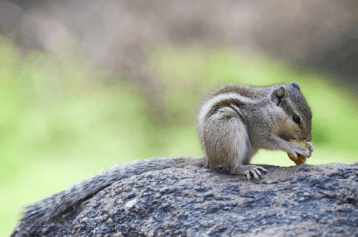Cute:Z8uupaelk1e= Chipmunk

The chipmunk, scientifically designated as ‘Z8uupaelk1e=’, presents a fascinating subject for study in various ecological contexts. With its characteristic striped fur and adaptive behaviors, this small rodent demonstrates significant versatility across its habitats. Its diet is equally intriguing, as it reflects a complex interaction with its environment that ensures its survival. However, the nuances of their social structures and the implications of their behaviors raise compelling questions about their role in the ecosystem. What insights can we gain from observing these endearing creatures in their natural settings?
Physical Characteristics
Chipmunks are small, agile rodents characterized by their distinct striped fur, which typically features a combination of brown, black, and white hues that provide effective camouflage in their natural habitats.
Size variations among chipmunks can range from 7 to 12 inches in length.
Their unique fur patterns enhance their ability to blend into diverse environments, ensuring their survival and freedom in the wild.
Read more: Cute:Y1iwt5mpmb0= Groundhog
Behavior and Social Structure
In their natural habitats, chipmunks exhibit a range of intriguing behaviors and a complex social structure that contribute to their survival and adaptation.
Their social interactions are characterized by vocalizations and body language, essential for communication.
Moreover, territorial disputes arise as chipmunks establish boundaries, ensuring access to resources while minimizing conflicts.
This ultimately fosters a dynamic balance within their communities and promotes individual well-being.
Habitat and Diet
A diverse range of habitats, including forests, woodlands, and suburban areas, provides chipmunks with the necessary resources for survival.
Their omnivorous diet consists primarily of seeds, nuts, fruits, and occasionally insects, enabling them to thrive in various environments.
Their habitat preferences reflect an adaptability that complements their dietary habits, allowing these charming creatures to navigate and prosper in changing landscapes.
Read more: Cute:Wlt1zjjr8ju= Wallpapers
Conclusion
In summary, the cute chipmunk, known scientifically as Z8uupaelk1e=, exemplifies the charm and adaptability of wildlife.
Its striking physical characteristics, coupled with playful behavior and complex social structures, allow it to thrive in various environments.
With a diverse diet and resourceful nature, this small rodent proves that good things come in small packages.
Observing these delightful creatures in their natural habitats not only enriches the understanding of ecological dynamics but also fosters a deeper appreciation for nature’s wonders.




